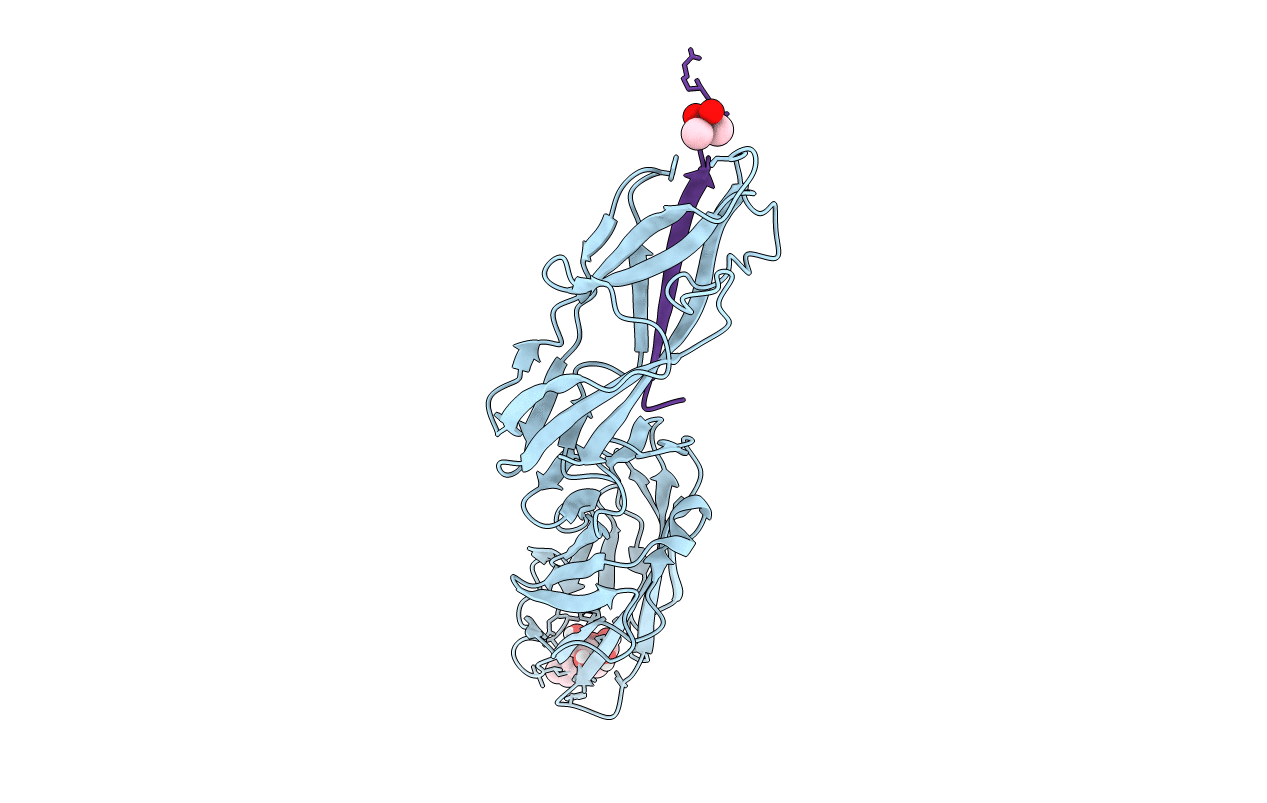
Deposition Date
2015-01-16
Release Date
2016-01-27
Last Version Date
2024-10-23
Entry Detail
PDB ID:
4XOE
Keywords:
Title:
Crystal structure of a FimH*DsG complex from E.coli F18 with bound heptyl alpha-D-mannopyrannoside
Biological Source:
Source Organism:
Escherichia coli O6:K15:H31 (Taxon ID: 362663)
Host Organism:
Method Details:
Experimental Method:
Resolution:
2.40 Å
R-Value Free:
0.17
R-Value Work:
0.15
R-Value Observed:
0.15
Space Group:
P 21 3


